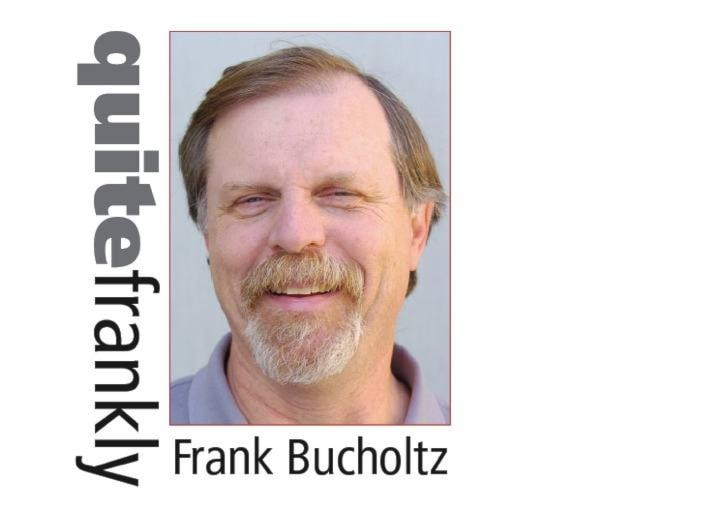Does Surrey need another 200 to 600 acres of parkland?
Coun. Bob Bose says it does. The longest-serving member of council and former mayor says it is the only way the city can preserve some of its most ecologically sensitive areas, and meet at least some of the goals of the Ecosystem Management Study.
The issue of the EMS came up recently when the city’s Environmental Advisory Committee wanted to meet with council to discuss a plan underway for a portion of Grandview Heights. The committee felt the plan would make it very difficult to fulfill the objectives of the EMS.
Surrey once went by the moniker “City of Parks,” although that has more recently been supplanted by “The Future Lives Here.” Surrey has a lot of parks, and they are heavily used by residents.
What many people don’t know is that the foundation for the parks system was built in the 1930s, and that a good portion of the parkland was acquired by the city through tax sales.
In the 1930s, it was often too difficult for property owners to raise funds for taxes on land which, at that time, was worth very little. So the city took over many properties which now form Bear Creek, Crescent, Fleetwood and Sunnyside Acres parks.
Surrey was fortunate so much land was set aside. No one in those days would have anticipated how big the city would become. (Surrey will one day be B.C’s largest city).
Over the decades, Surrey has acquired other parks in a variety of ways – sometimes by donation or agreement to sell land at a reduced price. This is the way that Redwood, Hi-Knoll, Holland and, more recently, Darts Hill and Kwomais Point parks, have come into being.
Surrey also owns a lot of land, some of which is supposed to become public parkland. One unique piece is well-known as the Mound Farm, the knoll of mature trees just east of 168 Street, south of Highway 10. Although the city has owned the land for at least 15 years, and it was dedicated as a park in September 1996 when Bose was still mayor, the public does not have regular access to the land. It had been opened on rare occasions for a limited time, and that’s it.
This illustrates a major problem when the city acquires parkland. Owning it is one thing, but giving the public access to properties which it has purchased with people’s tax dollars is quite different. It is often difficult for the city to find room in the parks budget to develop parks so they can be used by the public.
The other major problem with parkland acquisition is cost. Unlike the 1930s, land prices in Surrey have never been higher.
Even though development cost charges are collected to acquire parkland, that only allows for a small portion of land to be purchased.
Bose isn’t just suggesting land be purchased for public use. He wants to preserve ecologically sensitive areas.
He is suggesting a referendum be held in November to get public response to the idea of purchasing of a large swath of future parkland.
It may well be time for a large portion of sensitive lands to be at least identified as potential future parkland. Whether the city (in other words, taxpayers) can afford it right now is another question.
-30-
